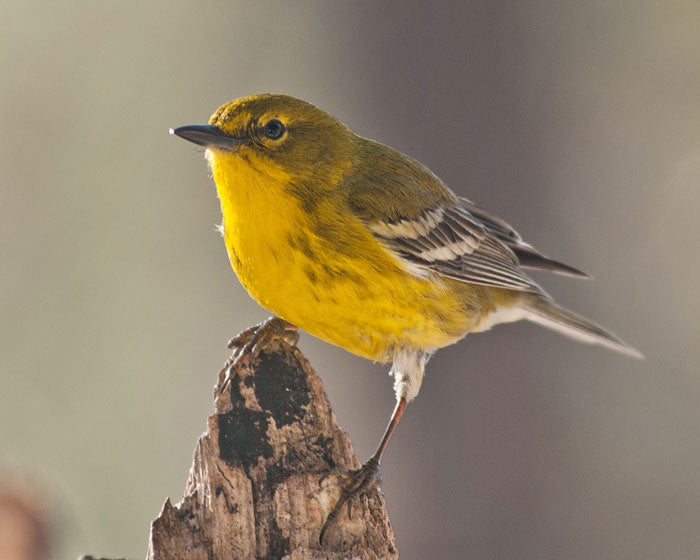Offer
Provide additional details about the offer you're running.
Provide additional details about the offer you're running.
Provide additional details about the offer you're running.

Just the same as the leaves way up high in our trees are transitioning into their fall foliage, the same is true for the majority of our feathered friends. As the fall season begins to set in, those bright coloured birds we became so accustomed to during the spring and summer months now look, well, a little drab.
While this is certainly not true for every bird species out there, the majority of them have or soon will be transitioning into their fall plumage, making it slightly more challenging to not only identify sex but species.
One such species that has the ability to cause a great deal of confusion during the late summer and early fall are those that reside inside the warbler family. Energetic, small and beautiful, these small songbirds are some of our favourites to observe.
While identification can be easier to those with a well-trained eye during the spring, even the most seasoned birders can have trouble picking out certain types of warblers before they embark on their southbound journeys.
So is there an easy way to identify warblers during this time of year? Not necessarily. But there are a number of factors we can use to help us get closer to getting that ID before they are all gone!
Generally speaking, you can look to the wings to tell you a lot about these birds, or in the very least, lump them into a group and eliminate other possibilities.
 Blackpoll Warbler in Fall Plumage. Image: Will Pollard | Flickr
Blackpoll Warbler in Fall Plumage. Image: Will Pollard | FlickrBegin by looking for wingbars and learn which members of the warbler family have them and which ones do not. For example, golden-winged, Bay-breasted, Blackpoll, palm, pine and many other warblers all sport wingbars throughout the year. On the other hand, redstarts, northern waterthrushes, yellow and Canada warblers all go without any wingbars.
If you can’t beat them, join them. The idea here is to identify the few species of warblers that are so similar, that they are often the ones confused.
 Bay-Breasted Warbler in Fall Plumage. Eeerily similar to the Blackpoll pictured above. Image by: Kaaren Perry | Flickr
Bay-Breasted Warbler in Fall Plumage. Eeerily similar to the Blackpoll pictured above. Image by: Kaaren Perry | FlickrThe Bay-breasted, pine and blackpoll warblers are remarkably similar and often times, experienced birders set out to clearly tell these three species apart and as a by-product, are actually able to spot and identify more warblers than otherwise.
High Quality Blend